2022, Herndon, Virginia, USA
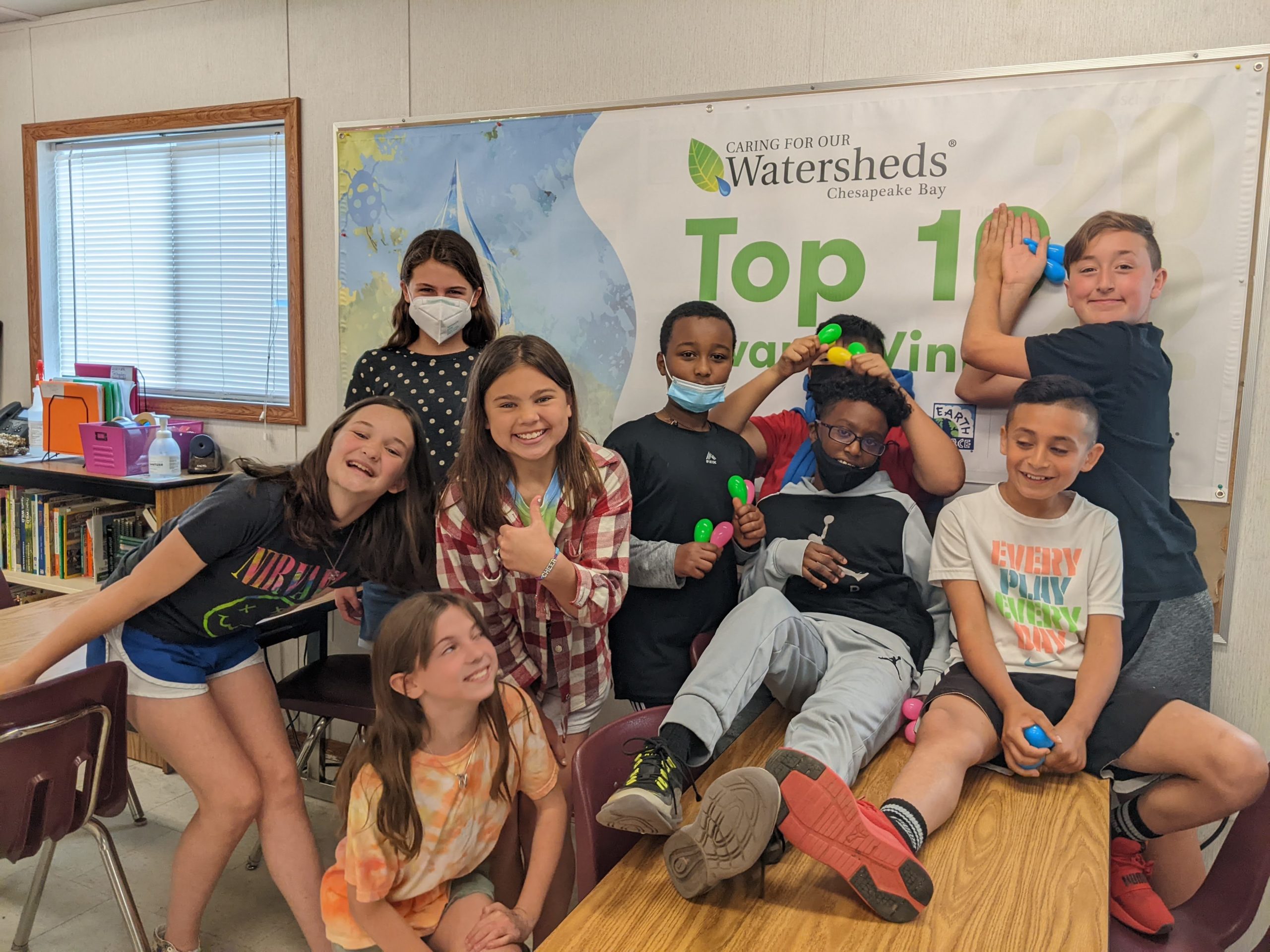
We are the Herndon Elementary School Bee’s Green Team! In 2022 we won 1st place in the Chesapeake Bay Caring for Our watershed contest with our project, “Purple Martin Project” and we installed 2 purple martin towers on our school property with funding from this competition. Why? This bird species has been declining and plays a vital role in improving the biodiversity of ecosystems in our community and around the world.
Now, we are expanding our idea to help others build Purple Martin Towers in their communities in order to help the Purple Martins thrive there. As the international idea for the 2022-23 school year, Purple Martin towers will be installed in each CFW region internationally! We are excited to continue to work as a school, and throughout other schools along the Purple Martin’s migratory path, to manage and monitor the tower and species with a bird watching area.
Check out our demonstration of setting up and cleaning out your purple martin towers here:
 2019, Timonium, Maryland, USA
2019, Timonium, Maryland, USA Unfortunately, whatever pollutants the runoff contained also ends up in the Chesapeake Bay. This damages the Chesapeake watershed and the ecosystems that rely on it.
Unfortunately, whatever pollutants the runoff contained also ends up in the Chesapeake Bay. This damages the Chesapeake watershed and the ecosystems that rely on it.
 Ten students from Berlin Intermediate School (BIS) (Heydein, Makai, Amber, Shane, Brandon, Brooklyn, Sage, Domnic, Lilah, Declan) created Project Nature in the Spring of 2019. The goal of Project Nature was to assess BIS’ school grounds and implement best management practices to improve their local Coastal Bays’ watershed. After weeks of research, democratically voting, and schoolground surveys, the students decided to undertake a three-part plan.
Ten students from Berlin Intermediate School (BIS) (Heydein, Makai, Amber, Shane, Brandon, Brooklyn, Sage, Domnic, Lilah, Declan) created Project Nature in the Spring of 2019. The goal of Project Nature was to assess BIS’ school grounds and implement best management practices to improve their local Coastal Bays’ watershed. After weeks of research, democratically voting, and schoolground surveys, the students decided to undertake a three-part plan.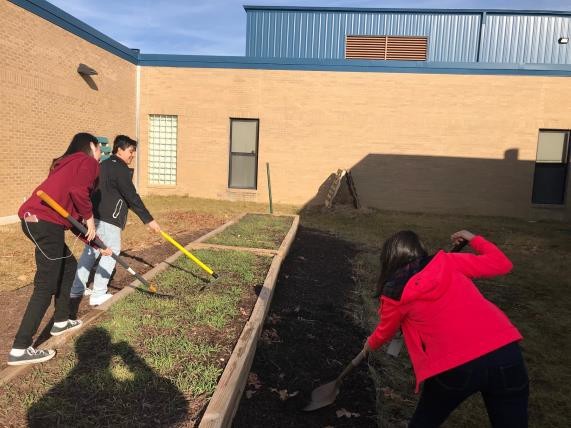 2019, Woodbridge, Virginia, USA
2019, Woodbridge, Virginia, USA
 Many of our students are disconnected from nature. In a recent school survey, over 80% of students reported spending less than 15 minutes a day outside. This removal from the outside world impacts how the kids view the Earth and challenges that society faces with environmental issues. The students in the Ecology Club are using this courtyard garden to teach the other students at school about pollution, it’s impact on our water and soil, the importance of pollination and pollinators, biodiversity and where food comes from. It is not a complicated project, but it is profoundly changing how some students will approach their natural world. Their hope is for a cascade effect. They want to clean our local grounds and use that trash to beautify the garden by planting herbs and flowers in it. That it will increase the number of insects and birds in the garden and inspire the humans at school to do the same.
Many of our students are disconnected from nature. In a recent school survey, over 80% of students reported spending less than 15 minutes a day outside. This removal from the outside world impacts how the kids view the Earth and challenges that society faces with environmental issues. The students in the Ecology Club are using this courtyard garden to teach the other students at school about pollution, it’s impact on our water and soil, the importance of pollination and pollinators, biodiversity and where food comes from. It is not a complicated project, but it is profoundly changing how some students will approach their natural world. Their hope is for a cascade effect. They want to clean our local grounds and use that trash to beautify the garden by planting herbs and flowers in it. That it will increase the number of insects and birds in the garden and inspire the humans at school to do the same.
 Valeria, Ashley, Iliana, Zaneya, Frank, Emmett, Connor, Jamethiel, Valery, Brady, and Talin were bothered by all the electronic being thrown away. Many contain components that leak toxins into the watershed. They hoped that by collecting unwanted electronics they could repurpose some and safely recycle others.
Valeria, Ashley, Iliana, Zaneya, Frank, Emmett, Connor, Jamethiel, Valery, Brady, and Talin were bothered by all the electronic being thrown away. Many contain components that leak toxins into the watershed. They hoped that by collecting unwanted electronics they could repurpose some and safely recycle others.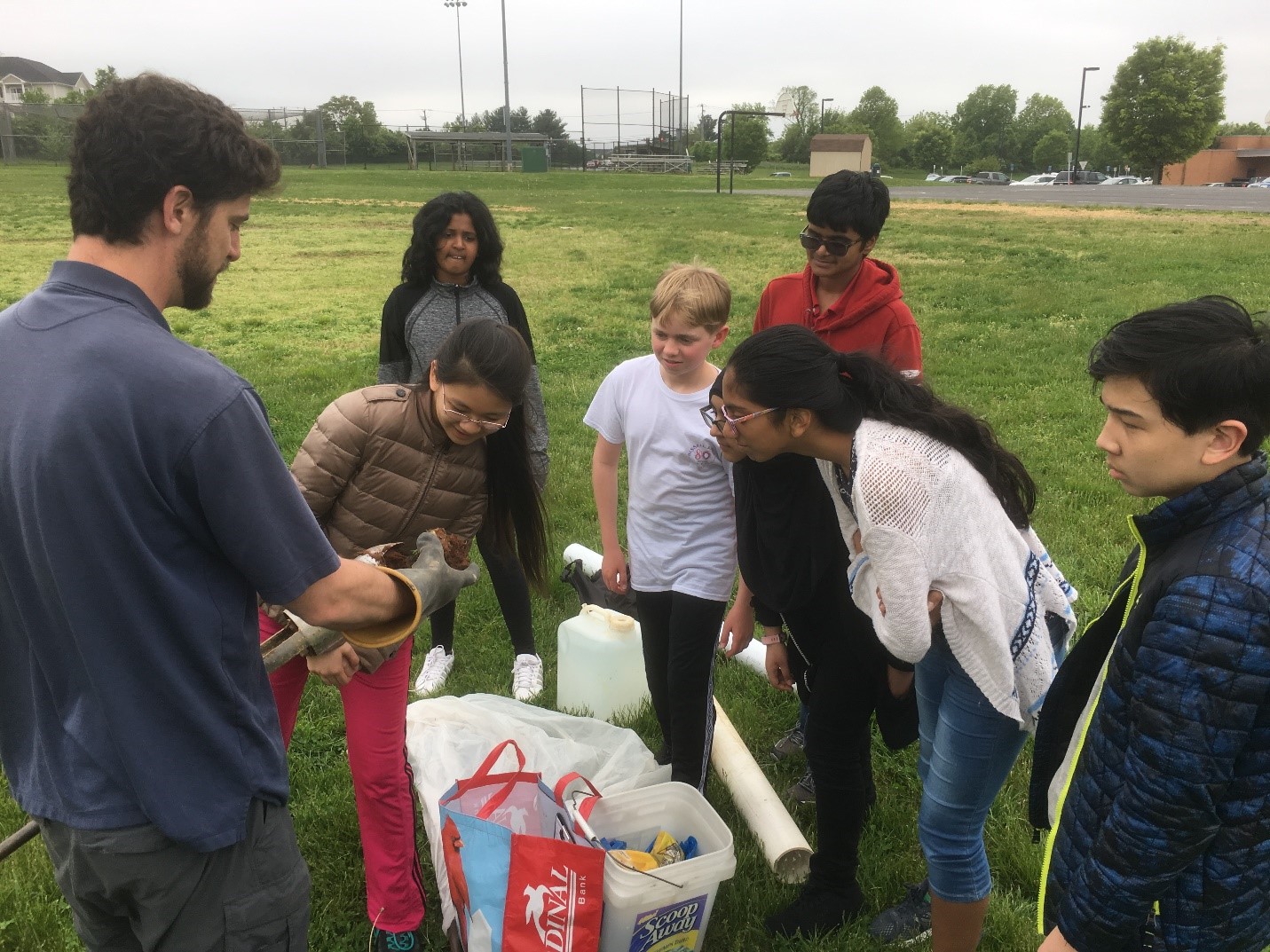
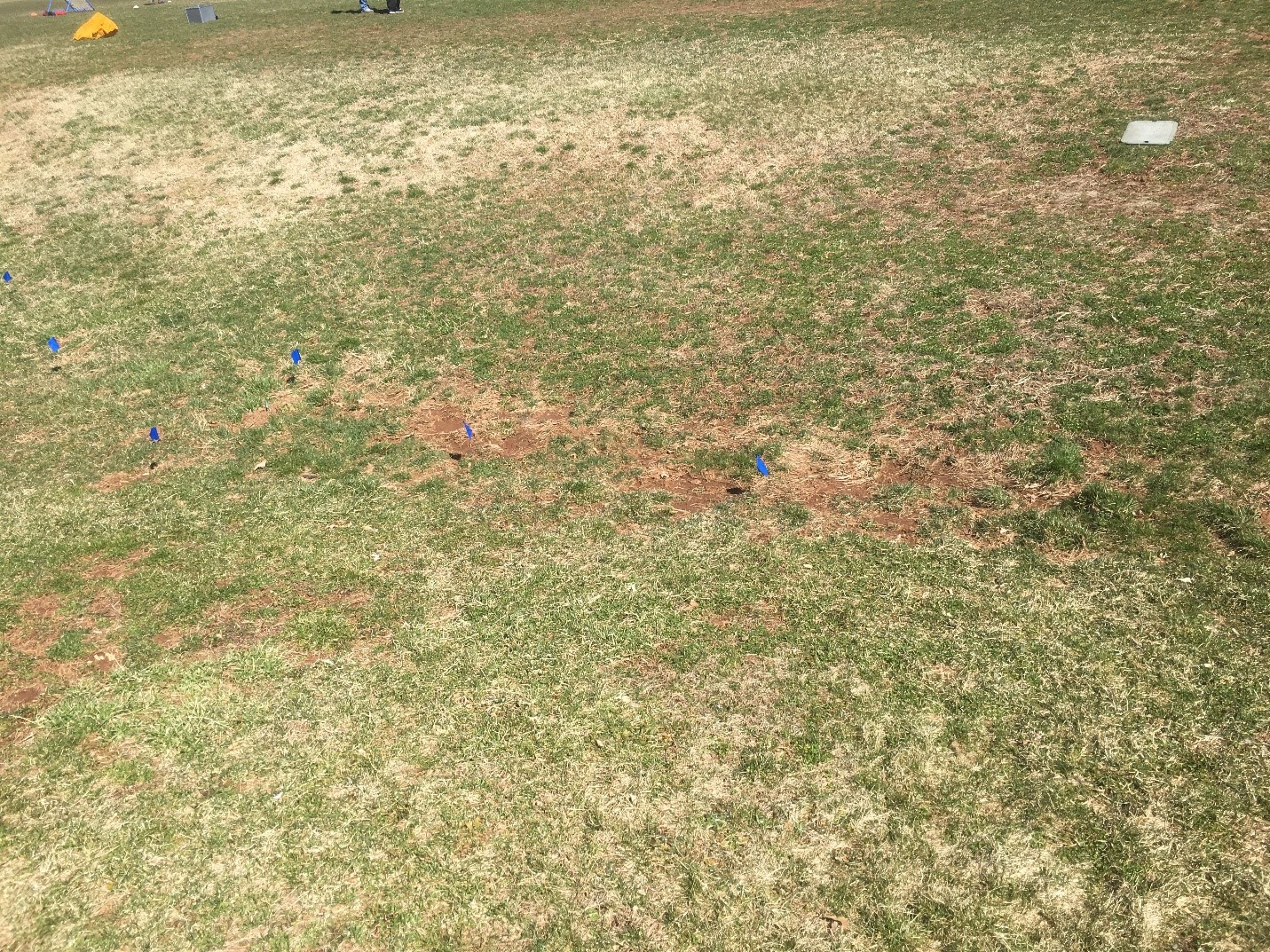

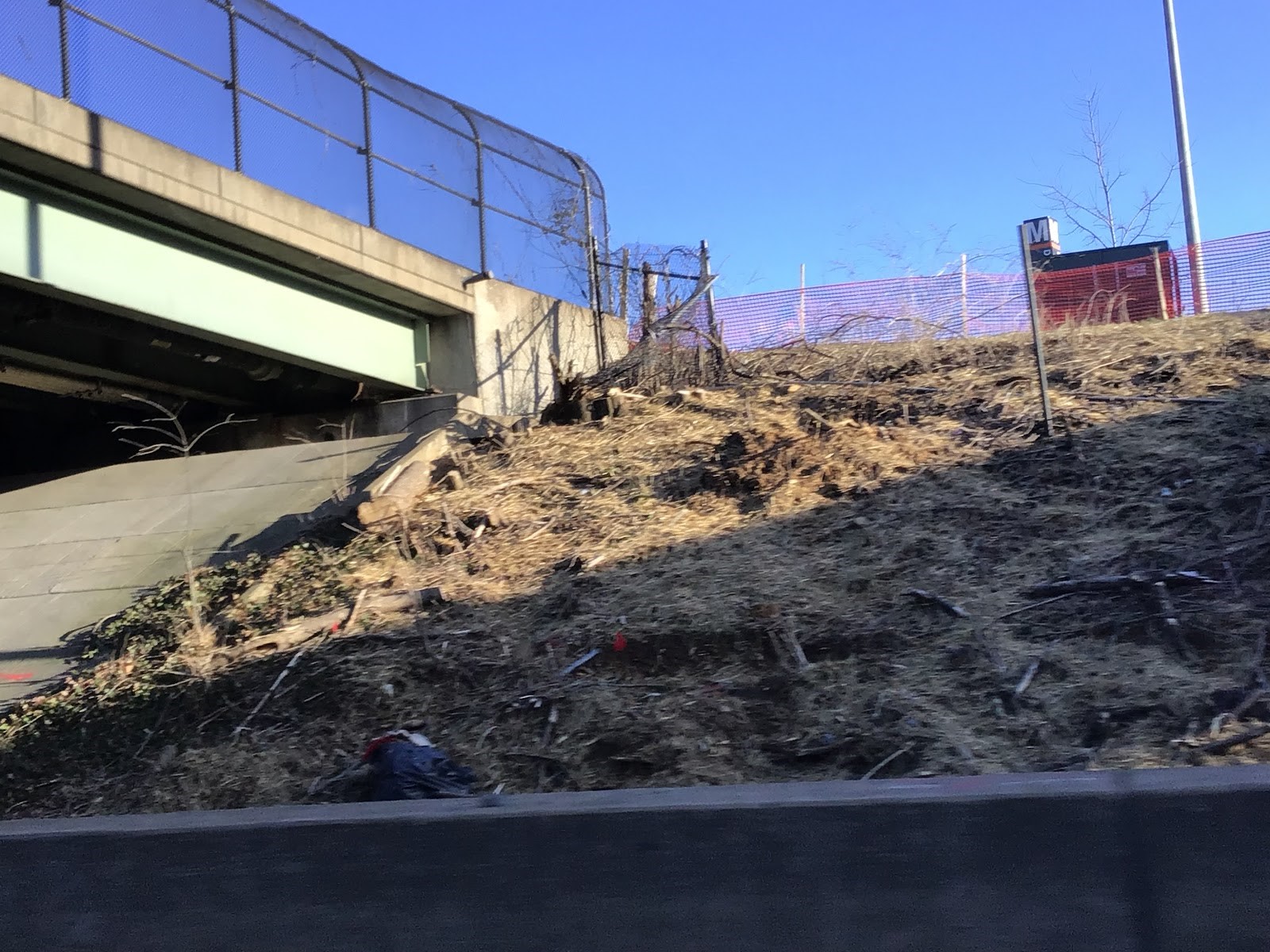
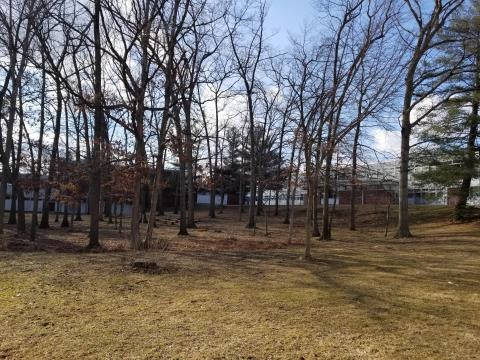 2019, Timonium, Maryland, USA
2019, Timonium, Maryland, USA
 What if there was a way to filter water of sediments and chemicals when it goes into the ground? We see that a bio- retention cell is beneficial for maintaining and improving our watershed health. In order to help, we would like to revitalize the bio-retention cell at our school. A bio-retention cell is a rain garden with a rock pit before it, which acts as barrier to collect sediment while also stopping runoff and providing water to plants. Our bio-retention cell, needs maintenance, with planting of new native species and adding rocks too. One of the results we hope to achieve is to filter out nitrites, sediment, and garbage before it reaches Virginia’s rivers and the Chesapeake Bay.
What if there was a way to filter water of sediments and chemicals when it goes into the ground? We see that a bio- retention cell is beneficial for maintaining and improving our watershed health. In order to help, we would like to revitalize the bio-retention cell at our school. A bio-retention cell is a rain garden with a rock pit before it, which acts as barrier to collect sediment while also stopping runoff and providing water to plants. Our bio-retention cell, needs maintenance, with planting of new native species and adding rocks too. One of the results we hope to achieve is to filter out nitrites, sediment, and garbage before it reaches Virginia’s rivers and the Chesapeake Bay. Not only do we want this project to benefit Lanier but we wish to expand this wonder all across the county. We believe that all schools should have the chance to experience and help care for our watershed. We will invite students from our feeder elementary school and volunteer form our high school as well. After all, the Chesapeake Bay is something shared of six states and we should, and will, treasure it!
Not only do we want this project to benefit Lanier but we wish to expand this wonder all across the county. We believe that all schools should have the chance to experience and help care for our watershed. We will invite students from our feeder elementary school and volunteer form our high school as well. After all, the Chesapeake Bay is something shared of six states and we should, and will, treasure it!